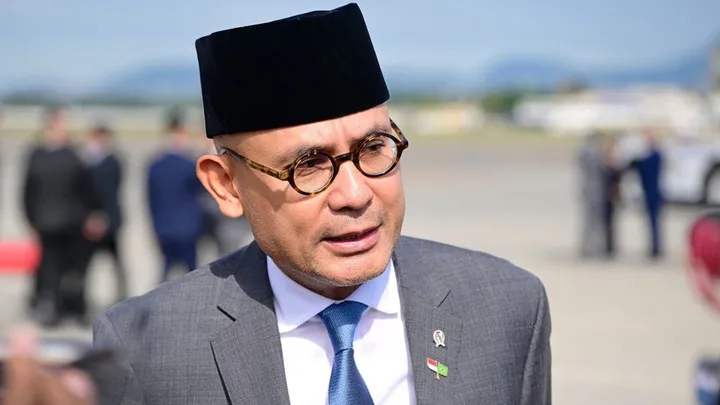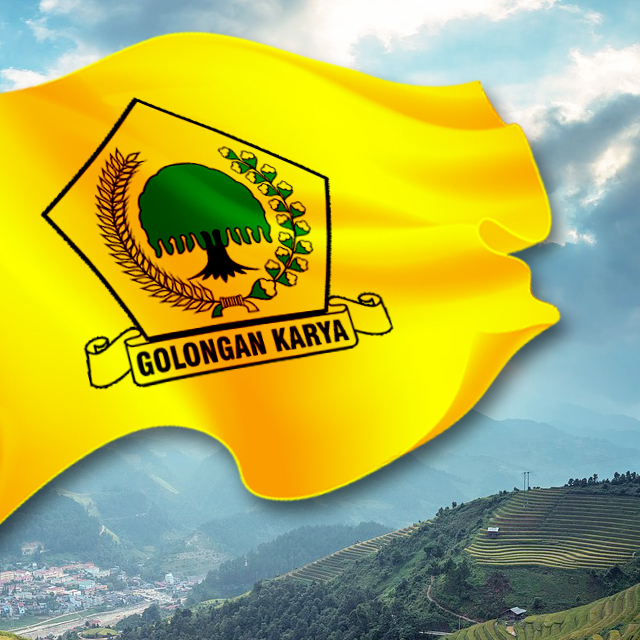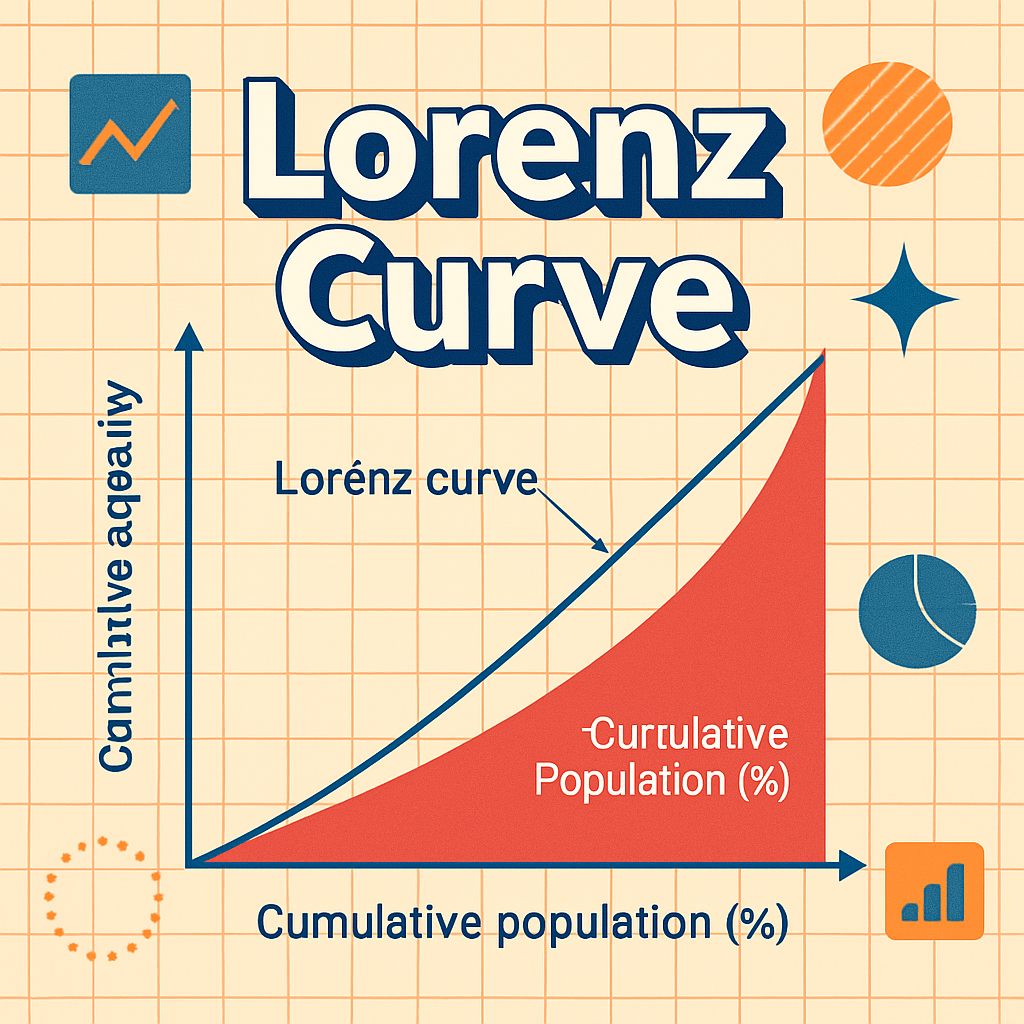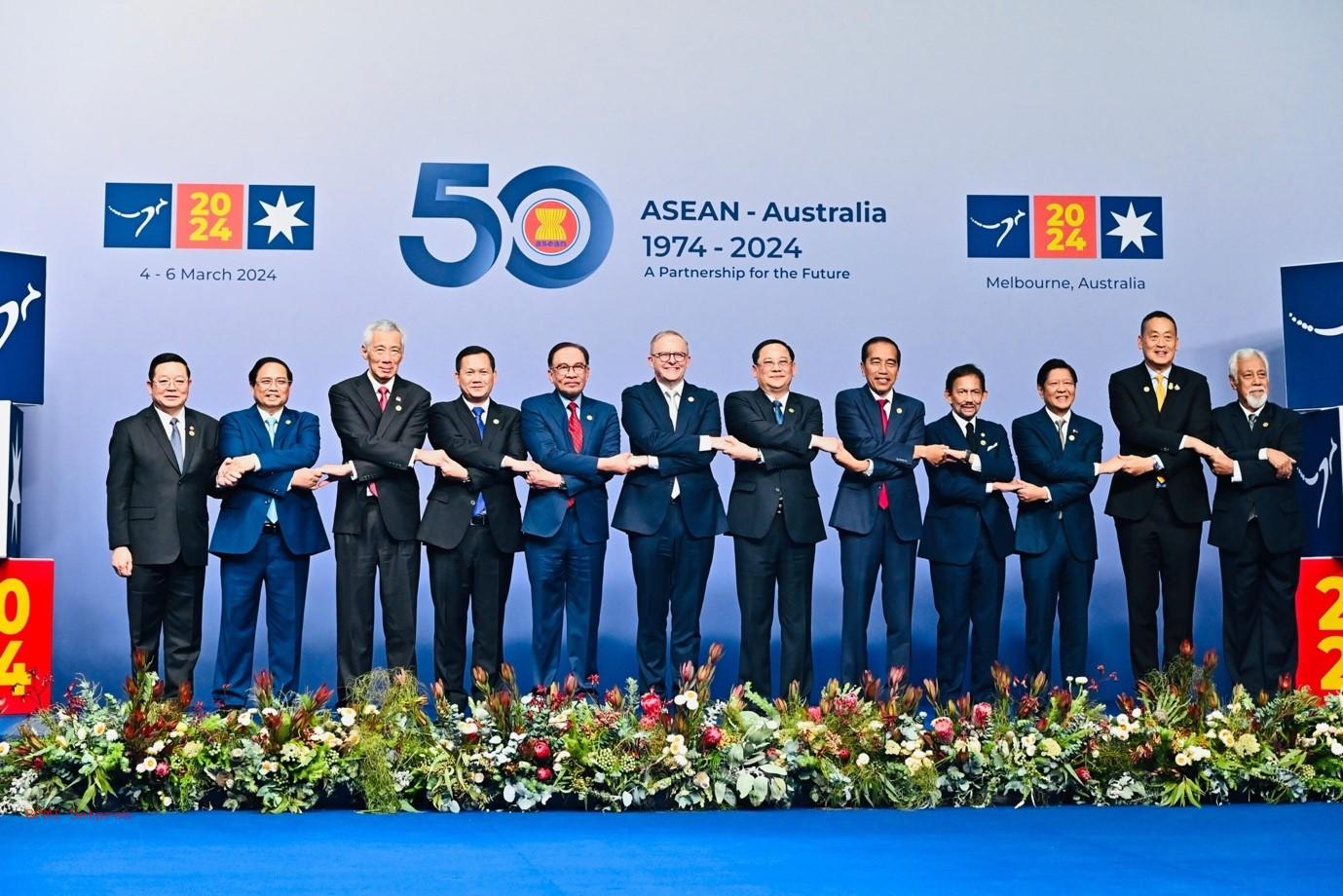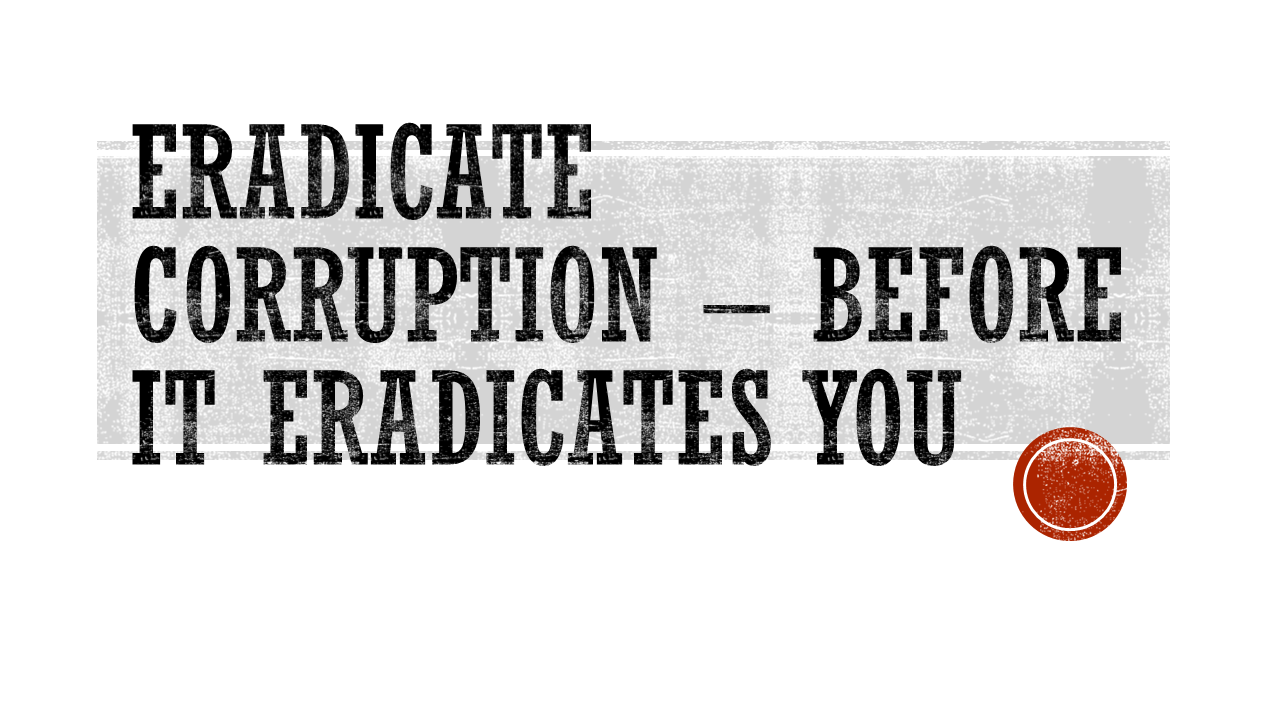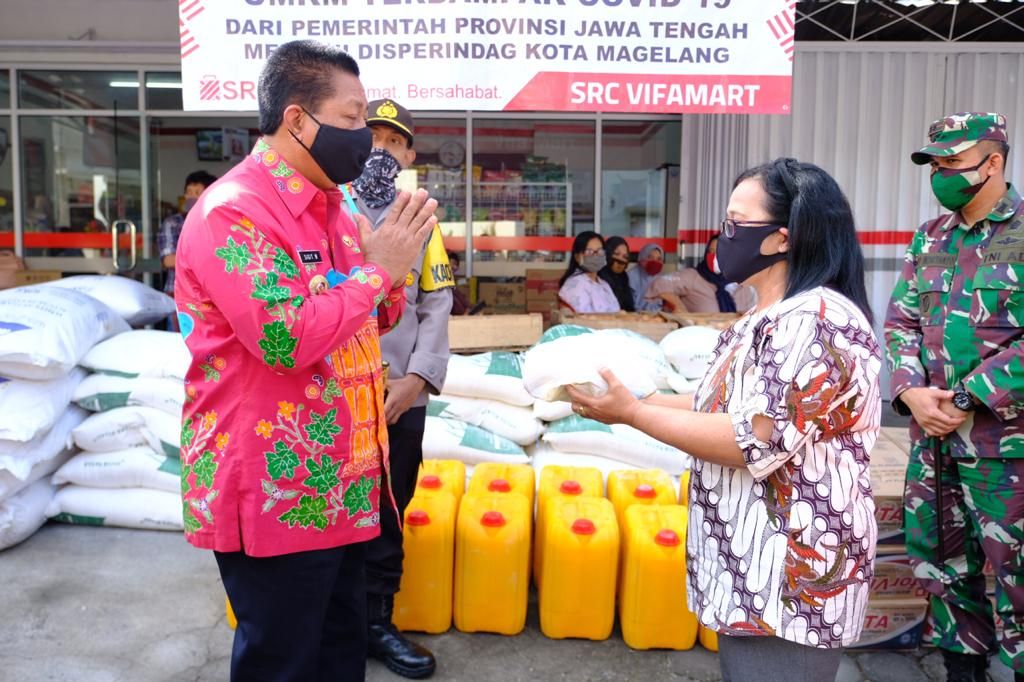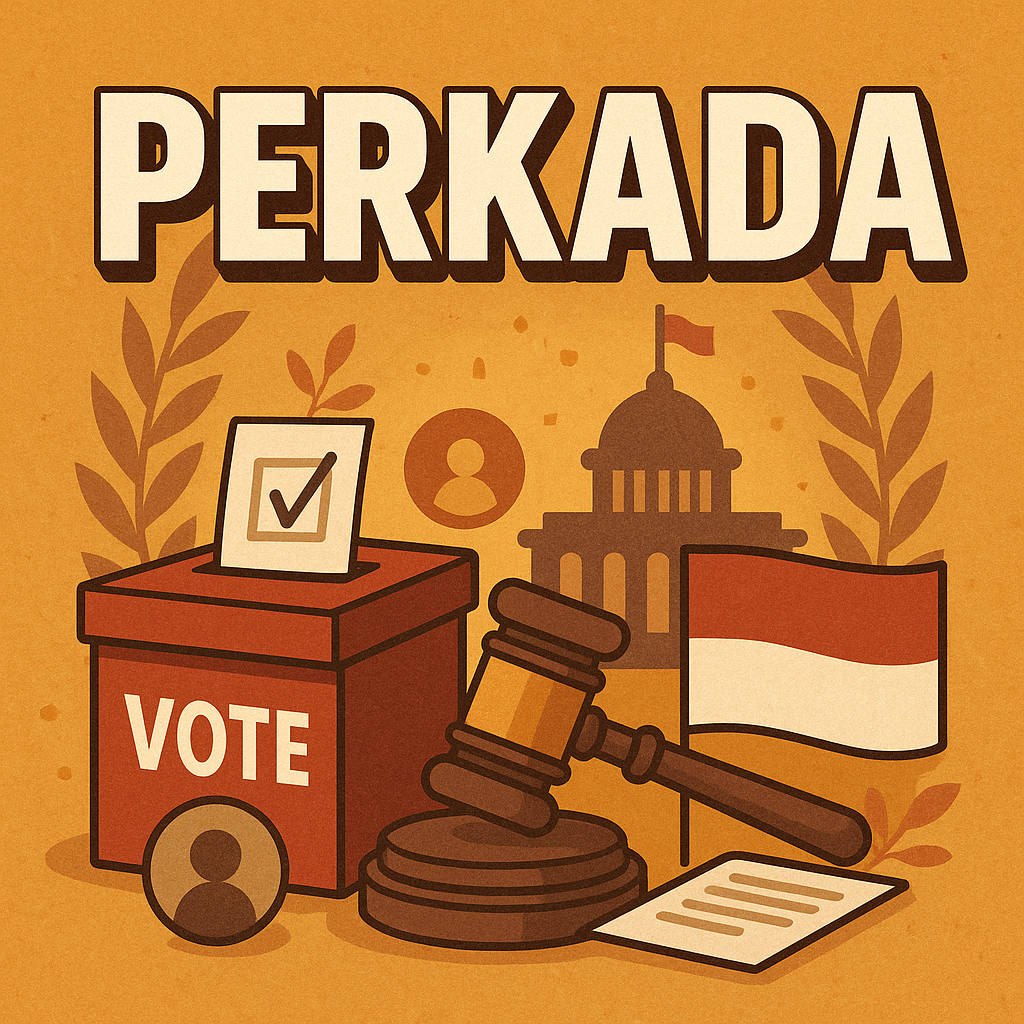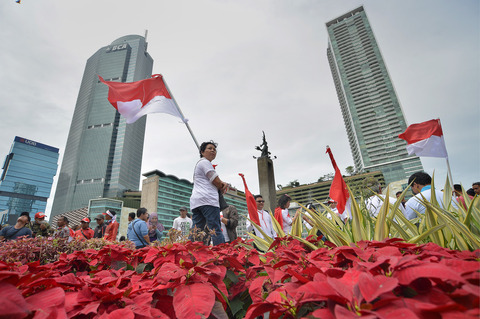Pluralism in Politics: Balancing Minority Rights and Indonesia Majority Rule for Better Democracy
JAKARTA, turkeconom.com – Pluralism in politics is both democracy’s greatest promise and its toughest challenge: how can a society governed by majority rule simultaneously safeguard the rights, identities, and dignity of its minority? Indonesia—home to 1.3 billion Muslims, 700 + languages, 1,300 + ethnic groups, six official religions, and a spectrum of political ideologies—embodies this tension. Its founding philosophy, Bhinneka Tunggal Ika (“Unity in Diversity”), and state ideology, Pancasila, enshrine pluralism. Yet rising religious intolerance, discriminatory regional bylaws, and identity-driven politics threaten to unbalance Indonesia’s fragile pluralist equilibrium. This article examines Indonesia’s pluralist foundations, analyzes key challenges, highlights successful mechanisms, and proposes actionable pathways toward a more inclusive, resilient democracy.
1. Foundations of Indonesian Pluralism

1.1 Pancasila and the Constitution
- Pancasila’s Five Principles:
- Belief in One God (religious freedom within monotheism)
- Just and Civilize Humanity (human dignity and equality)
- Unity of Indonesia (national cohesion)
- Democracy (representation and consultation)
- Social Justice (equitable welfare)
- Constitutional guarantees: • Freedom of religion and belief (Articles 28E, 29)
• Equal treatment before law (Article 27)
• Cultural and language rights (Article 28I)
• Freedom of expression and association (Article 28)
1.2 Bhinneka Tunggal Ika
Literally “Many, yet One,” this Old Javanese motto on the national emblem symbolizes Indonesia’s commitment to weave diverse identities—ethnic, religious, cultural—into a shared national fabric.
2. Indonesia’s Diversity Landscape
- Ethnic groups: Javanese (40%), Sundanese (15%), Batak, Minangkabau, Bugis, Papuans, Dayaks, and hundreds more
- Religions: Islam (87%), Christianity (10%), Hinduism (1.7%), Buddhism (0.7%), Confucianism (0.05%), plus indigenous beliefs
- Ideologies: secular nationalism, Islamic moderation, Islamic conservatism, pluralist activism, regional and ethnic nationalism
3. Key Challenges
3.1 Rising Religious Intolerance
- Data point: Setara Institute recorded 208 religious‐freedom violations in 2023.
- Manifestations:
• Church closures for lacking permits, even when legally obtained
• Persecution of Ahmadiyya and Shia communities
• Weaponization of blasphemy laws against dissenters and groups - Root causes: hardline mobilization, political opportunism, weak law enforcement, social pressure
3.2 Discriminatory Regional Regulations
- Context: Post-1999 decentralization empowered districts to issue 400+ local bylaws inspired by Sharia.
- Examples:
• Mandatory hijab for Muslim—and sometimes non-Muslim—women
• Alcohol bans targeting non-Muslim traditions and tourism
• Curfews and moral policing on women’s mobility - Impact: Erosion of national constitutional rights and social cohesion
3.3 Identity Politics and Electoral Manipulation
- 2017 Jakarta governor’s race: Mass rallies fueled by anti-Christian, anti-ethnic Chinese sentiment led to blasphemy charges against a popular incumbent.
- Consequences: Heightened polarization, erosion of trust in pluralist norms, and incentive structures rewarding divisive campaigning.
3.4 Institutional Gaps in Protection
- Weak enforcement: National institutions (Ministry of Religious Affairs, police, courts) often defer to local majorities.
- Civil society fatigue: NGOs and human-rights defenders face safety risks, legal harassment, and resource constraints.
4. Success Stories & Mechanisms for Balance
4.1 National Human Rights Commission (Komnas HAM)
- Investigates abuses and issues nonbinding recommendations
- Publicizes violations, applying moral pressure on authorities
4.2 Judicial Review of Discriminatory Bylaws
- Constitutional Court rulings have struck down local regulations violating Pancasila and the Constitution
- Example: Aceh police power to whip offenders was curtailed in national courts
4.3 Interfaith and Interethnic Councils
- Platforms in provinces (e.g., Central Java’s Forum Kerukunan Umat Beragama) facilitate dialogue, joint humanitarian relief, and cultural festivals
4.4 Civic Tech and Social Media Campaigns
- Platforms like e-Lapor and KawalPemilu monitor religious‐freedom violations and election abuses in real time
- #PluralismMatters and other digital movements pressure politicians and amplify minority voices
4.5 Educational and Cultural Initiatives
- Sekolah Dasar Pancasila in several provinces teach young students mutual respect, constitutional rights, and civic responsibility
- National debates, art exhibitions, and media campaigns celebrating pluralism
5. Pathways to a More Inclusive Democracy
5.1 Strengthen Legal Protections
- Amend and enforce Freedom of Information and Religious Tolerance Laws with clear penalties for violations
- Fast-track judicial review of discriminatory regulations
5.2 Reform Regional Autonomy Framework
- Introduce “pluralism impact assessments” before local bylaws are enacted
- Establish central oversight with power to suspend or nullify local rules that infringe on constitutional rights
5.3 Foster Inclusive Political Representation
- Implement voluntary quotas or party‐list incentives for minority and women candidates
- Encourage interparty coalitions that bridge religious and ethnic divides
5.4 Empower Independent Oversight Bodies
- Increase Komnas HAM’s budget and investigative authority
- Strengthen the National Commission on Violence Against Women (Komnas Perempuan) to monitor gendered religious regulations
5.5 Invest in Civic Education and Interfaith Dialogue
- Integrate pluralism, human‐rights, and Pancasila values into school curricula from primary through university levels
- Support local interfaith forums, cultural exchanges, and community service projects
5.6 Leverage Digital Tools for Transparency
- Expand e-Lapor to include real-time mapping of religious‐freedom complaints
- Develop mobile apps that help citizens track the status of mosque, church, or temple building‐permit applications
5.7 Mobilize Civil Society and Media
- Protect investigative journalists and human‐rights defenders through legal safeguards
- Channel donor and philanthropic support into grassroots pluralism initiatives
Conclusion
Indonesia’s vast diversity is its greatest strength—and its most profound governance challenge. Balancing majority rule with minority rights demands robust legal frameworks, courageous enforcement, Inclusive political designs, and an engaged Citizenry committed to the spirit of Bhinneka Tunggal Ika. By Forti-fying institutions, Reforming regional Autonomy, empowering group in politics, and Nurturing civic education, Indonesia can deepen its plural democracy. The stakes extend beyond its Archipelago: as the world’s third-largest democracy, Indonesia’s success or failure in Reconciling Plurality with unity offers vital lessons for Pluralist politics everywhere.
Sharpen Your Skills: Delve into Our Expertise on Politic
Check Out Our Latest Piece on Bureaucracy: Challenges and Opportunities for Reform in Indonesian Politics!


